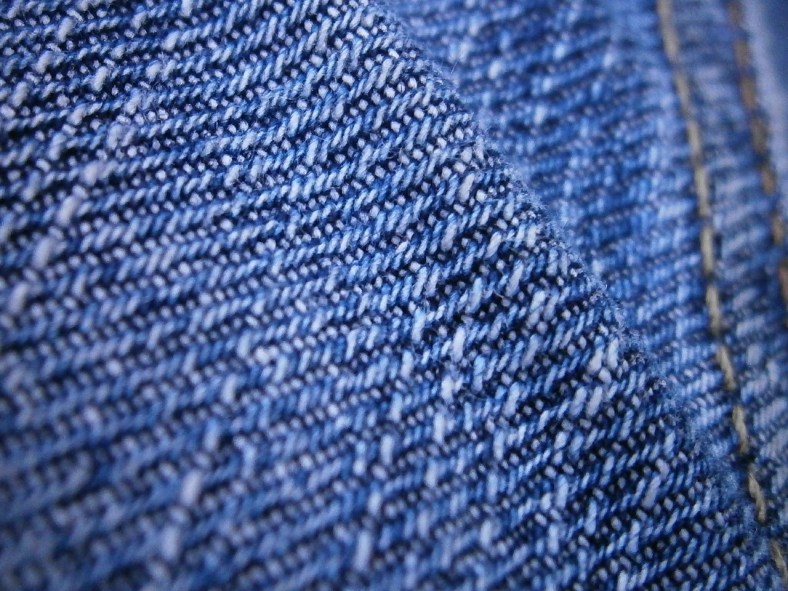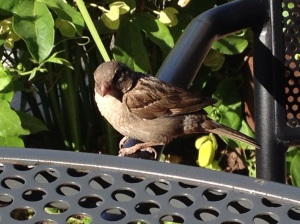 When I was in grade school, my parents would travel around the world for three months at a time. They left my twin brother and I at home. When they came back there was big excitement. Their luggage smelled like world travels and my mother had gifts for us. From Japan, she had chopsticks (of course), a pin cushion for sewing, a pearl ring and the big surprise was a kimono. Keep in mind, in the 70s, unless you traveled around the world, you would not find these special items.
When I was in grade school, my parents would travel around the world for three months at a time. They left my twin brother and I at home. When they came back there was big excitement. Their luggage smelled like world travels and my mother had gifts for us. From Japan, she had chopsticks (of course), a pin cushion for sewing, a pearl ring and the big surprise was a kimono. Keep in mind, in the 70s, unless you traveled around the world, you would not find these special items.
I fell in love with the color indigo when my mother gave me this special kimono from Japan. My mother loved kimonos. The kimono was a lovely white / indigo pattern with a bright pink sash. For those of you who might not know, indigo is a color between primary blue and violet. It’s a very majestic color.
A few years ago, I went to the Seattle Asian Art Museum for the “Mood Indigo” exhibit and learned that a man, Rowland Ricketts, had an Indigo farm in Indiana. He had a beautiful exhibit at the museum. It was in one room, he had textiles hanging in a tall circular direction (see here), so we would have to walk in a circle viewing the shades of indigo. Brilliant idea to add the plants around the room that produce the indigo color. He wanted us to connect the fact that the blue dye comes from plants.
This was such a surprise, because I am from Indiana, not a lot goes on in Indiana. We do have farm lands with sweet corn, cabbage, sunflowers, etc., but I would never have thought a farm for indigo. This was interesting! Oh, HOLD ON, Mike Pence our Vice President is from Indiana. Forgot about politics. Otherwise, just corn.

Indigo plant
Ricketts’s story is that in 1996, he apprenticed in Japan for 2 years to learn the art and process producing the indigo dye color. He was looking for a job that would bring meaning to his life, creating indigo dye was it. The process is a long and laborous one, because the dye comes from a plant, which needs to be grown, dried and fermented. He met his wife, Chimani, while they apprenticed together. They make a good team, he does the farming side of the business and Chimani weaves the yarn into fabrics.
Ricketts is an Associate Professor in the School of Art, Architecture & Design at Indiana University.
Clearly, I am excited that with so many art forms dying out that Ricketts has brought the Japanese textile art of indigo to our home state of Indiana!

This looks like a really neat exhibit and I love the way you describe your parents coming home from their travels.
LikeLiked by 1 person
Oh, thank you. My parents did travel a lot. 🙂
LikeLiked by 1 person
By the way, I just went to visit your Blog. It’s really wonderful! I followed. Look forward to reading your posts! Thanks for visiting, it allowed me to find you.
LikeLiked by 1 person
You are welcome and thank you too!
LikeLiked by 1 person
Always wonderful to learn something new – and beautiful too.
LikeLiked by 1 person
Yes, it is. I always enjoy your posts too!
LikeLiked by 1 person
Thank you, you have made me happy 🙂
LikeLiked by 1 person
Wow! That is really amazing. See there is more to Indiana than just corn. 😊
LikeLiked by 1 person
LOL – yep! Now, i need to buy a kimono and support them. 🙂
LikeLiked by 1 person
Interesting topic – thank you! Before I read your post, I’m not sure I would’ve guessed indigo sits between blue and violet. Nor would I have thought the dye comes from a plant. What a creative display of the source and the product; glad you got to see it. “…luggage smelled like world travels…” – love that.
LikeLiked by 1 person
I didn’t know much about indigo either. I think of blue as “blue.” 🙂
LikeLike